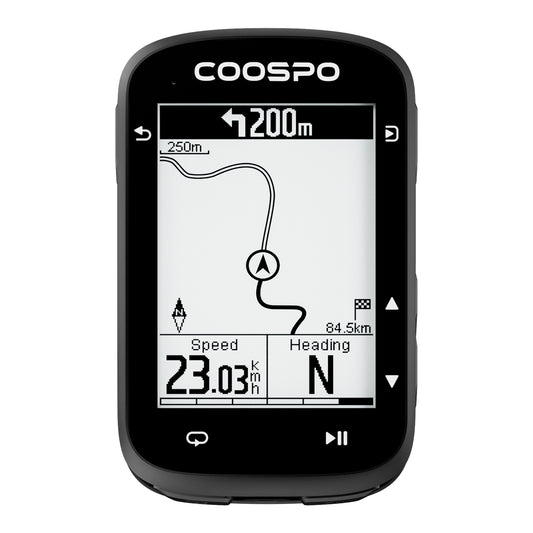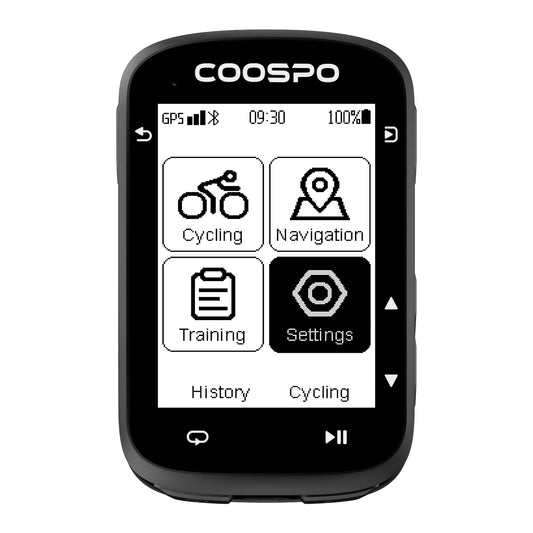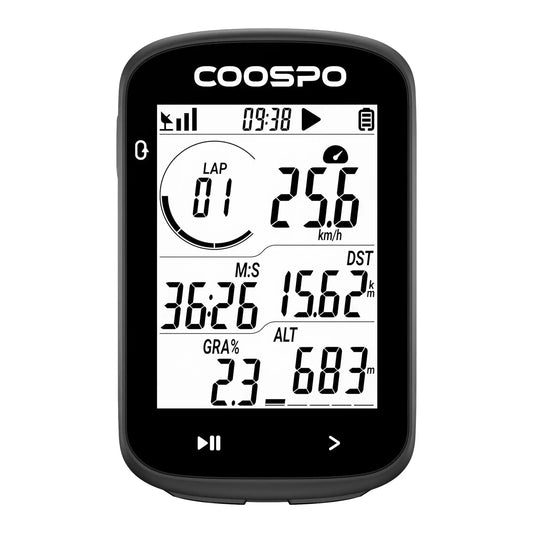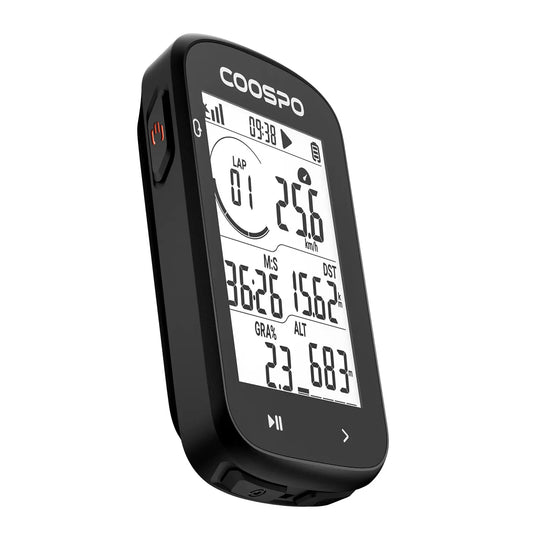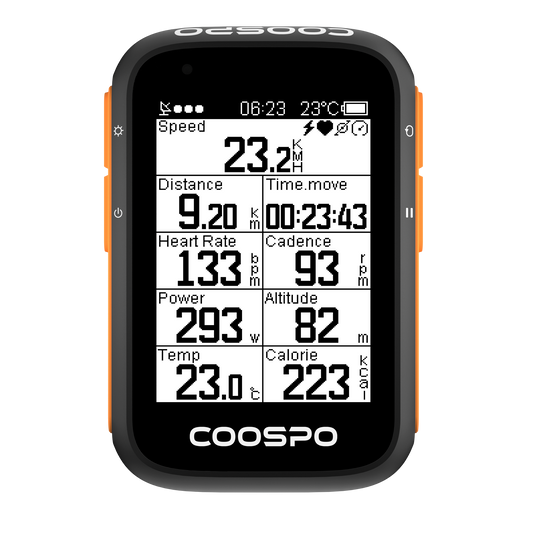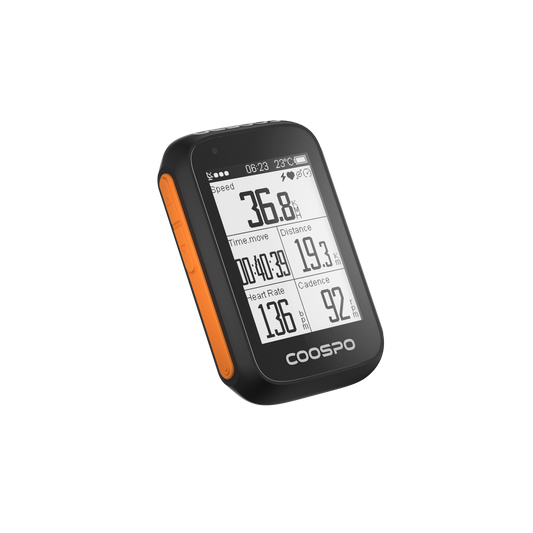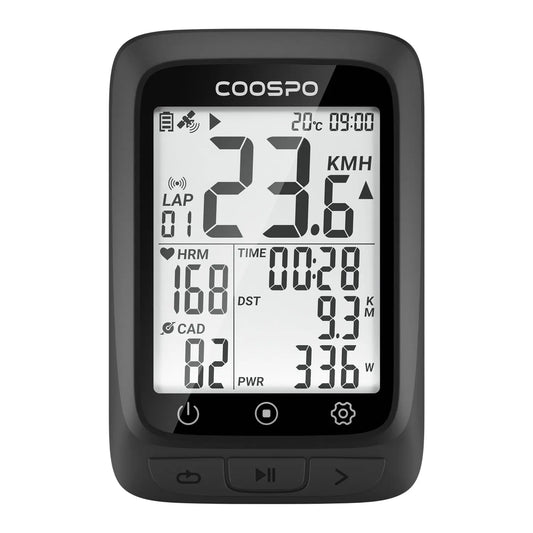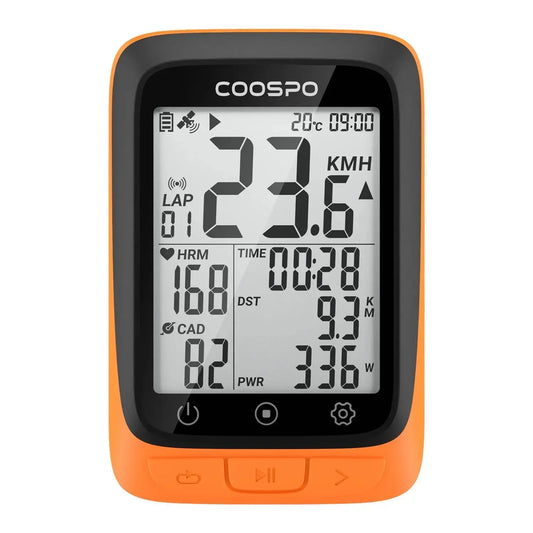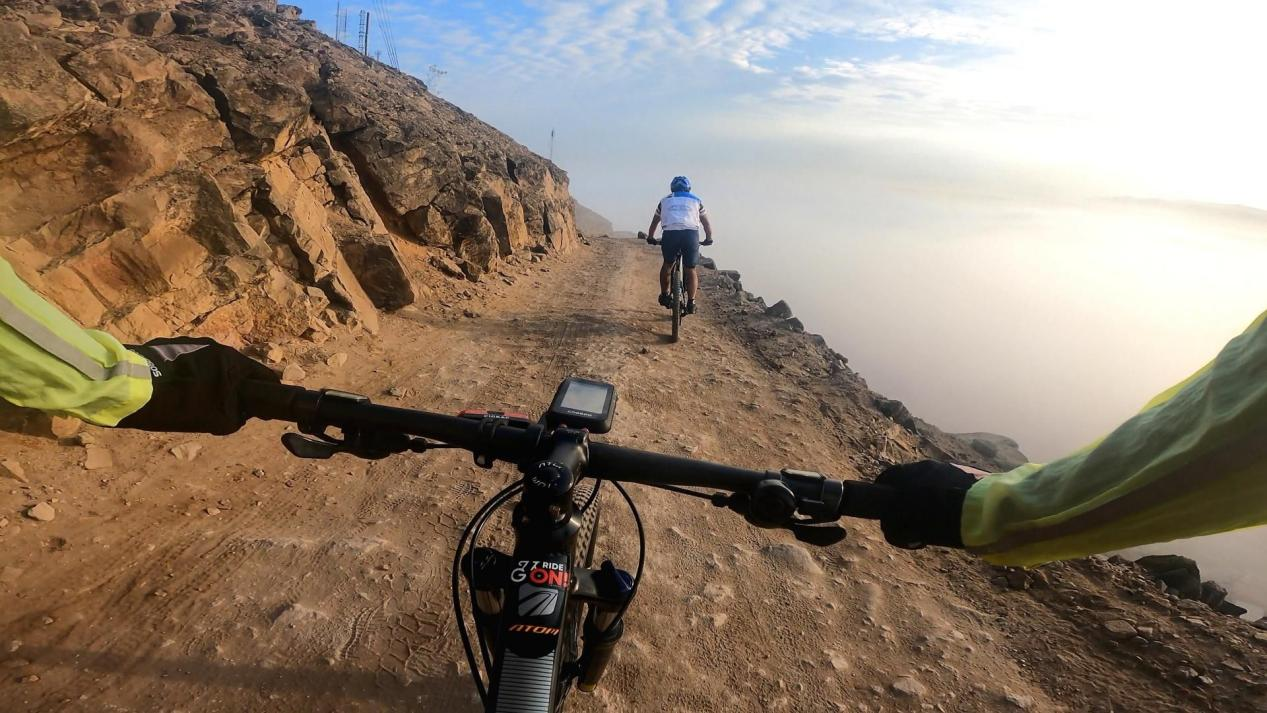Getting Started with Tennis: A Beginner's Guide for All Ages
Tennis is a fantastic sport that can be enjoyed at any age. However, getting started can feel overwhelming for beginners, especially with the technical language and array of gear. Don't worry; we've broken it all down into manageable parts. In this article, we’ll cover everything you need to know to begin your tennis journey, from understanding basic rules to selecting the right equipment.

What tennis rookies should know first
Before you go on the court, it's good to know some basics. Tennis can seem tricky at first, but once you're familiar with it, you'll feel more confident.
Where’s the court?

You’re excited to try a new sport, but do you know where to play? If you don’t live on a fancy estate with private courts and a full-time tennis coach, it can be tricky. Depending on your city, you might have many choices or just a few courts at the local park. Don’t worry! With some research, you can find the best court for you.
Here are some other places to find available tennis courts:
- Check out the website for your local parks department to pinpoint tennis facilities and schedules.
- There may be a tennis club or fitness center with courts.
- Country clubs usually have courts for members.
- Your apartment complex or neighborhood may have a community court.
- Local high school and college courts might be open to the public on a limited schedule.
Need a coach or a partner?
When you start playing tennis, one of the first choices you'll need to make is whether you want to play casually with a friend or hire a coach for more organized lessons.
Don't have friends to play or practice with? No problem! If you want tennis lessons, there are many ways to find help or instruction:
Join the club
If you want to start playing tennis, joining a tennis club is a good idea. Tennis clubs usually have lessons, courts to play on, and chances to meet other players. They often organize tournaments and social events, which can help you connect with other beginners. Just be truthful about your skill level so you can be placed with the right group.
Take some private (coaching) time
Taking lessons from a coach can make a world of difference. A coach will teach you proper form and technique and help you develop good habits right from the start. Private lessons can be tailored to your specific needs, allowing you to work on your weaknesses and build a solid foundation for your skills. Coaches typically break down the game into various aspects, such as footwork, grip, serving techniques, and strategy.
Ball out
Learning tennis by yourself can be challenging, but you can improve your skills by using a ball machine that sends balls to you. Check if your tennis club has one you can rent. If you’re really committed, you might consider buying your own ball machine.
Do you have the time?
To get better at tennis, it's important to practice regularly. You can work on your basic skills, improve your game, and increase your fitness. While professional players train for many hours daily, beginners can make good progress with just two to three practice sessions each week.
In addition to the time you spend playing on the court, think about how much time you want to dedicate to off-court training. This can help improve your fitness, agility, and hand-eye coordination. The amount of time you choose to commit should match your current skill level and your goals for this new hobby.
Have you checked in with your body?
Tennis is a physically demanding sport that requires stamina, flexibility, and coordination. Beware of the common human urge to push yourself too hard too fast and injure yourself in the first week of a new activity. Tennis involves quick lateral movements, frequent changes in direction, and explosive bursts of speed, which can strain muscles and joints if you aren’t prepared.

If you haven't been active for a while, it's a good idea to start slowly with the sport. Make sure to do warm-ups, stretches, and strengthening exercises to prevent injury. Activities like Pilates, yoga, and swimming can help with flexibility and core strength, which will help you in tennis. To stay on top of your fitness, consider tracking your heart rate with the Coospo HW9 Armband Heart Rate Monitor. It provides real-time heart rate data to help you monitor your exertion level and avoid overdoing it, ensuring a safe and effective training routine.
The gear you’ll need to step onto the court with confidence

Motivation and determination might get you a long way in tennis, but you can’t get started if you don’t have the right gear.
Racket
The racket is, of course, the racket shall have a frame enclosing sturdy strings, usually made of nylon, interwoven in a crossed and bonded pattern, and a handle.
Rackets come in different weights, sizes, grips, and prices. When you're new to the game, you don't need an expensive racket, but it should feel good in your hands. A good racket for beginners should be light and have a bigger head size. This helps you hit the ball more easily and consistently.
Before you decide to buy a racket, consider borrowing one from a friend or getting a cheap aluminum racket. If you like the sport, you can invest in a better racket later.
Grips
The grip on your racket is important to avoid hurting your hand or wrist while playing. Grips are made from different materials like leather or rubber. It’s crucial to choose one that feels comfortable, as it can influence how well you play. Most players use an overgrip, which is an extra layer of tape that adds texture and helps you hold on better. Make sure to keep a few rolls nearby for when your overgrip starts to wear out.
String
Tennis strings are another key consideration. Strings made from nylon or polyester are common for beginners due to their durability and comfort. More advanced players may opt for natural gut or hybrid strings for added power or control. Strings should be replaced periodically to ensure consistent performance.
Balls
Tennis balls are specially designed to bounce and maintain a certain level of pressure. As a beginner, choose balls that are specifically designed for training or recreational use. Some brands offer softer balls that make learning the game easier by reducing the pressure and speed. Get a few cans to start and replace them as they start to feel “dead” (every few weeks or so).
Shoes
Wearing proper tennis shoes is essential to prevent slipping and injuries. Tennis shoes are made to give support and cushioning for your feet while you move quickly. Choose shoes that offer good grip and stability for side-to-side movements. Running shoes are not ideal for tennis because their soft heels make it hard to move quickly in different directions.
Clothing
If you can run, jump, and sweat comfortably in your clothes, they’re good for a casual tennis match. If you want to buy specific tennis outfits, look for fabrics that keep you cool, pants with pockets for tennis balls, and styles without seams or zips that might irritate your skin. Choose close-fitting clothes that won’t get in the way while you play.
Conclusion
Starting tennis as a beginner may feel challenging at first, but with the right mindset and preparation, you can enjoy this exciting sport at any age. By investing in the right equipment, committing to regular practice, and seeking guidance when needed, you’ll soon be on your way to becoming a skilled player.



